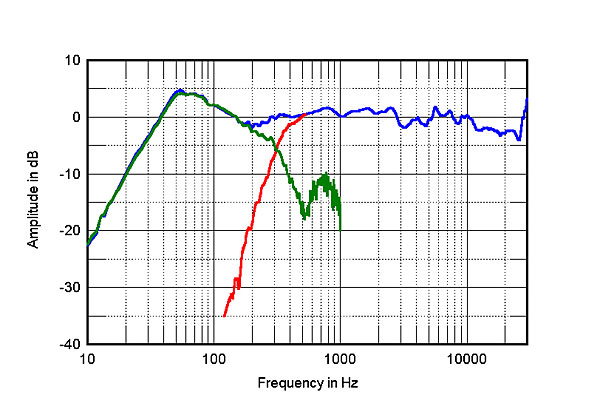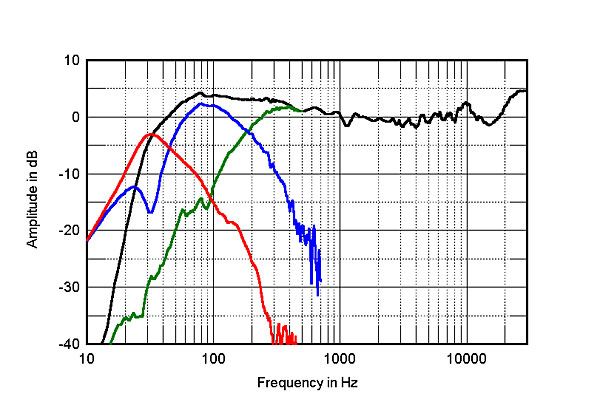Här är en intervju med Kevin Voecks om framtagandet av Ultima Salon 2 vilket tog tio år att utveckla.
Inte för att försvara nåt med deras metoder, men det kan ju vara intressant som förklaring till hur de jobbar.
https://www.stereophile.com/interviews/ ... index.htmlSåhär säger han tex om valet att utesluta den bakåtriktade diskanten på tidigare modell
You recall that the Salon1 required a rear tweeter for it to deliver a uniform power response in the room. We were able to eliminate the rear tweeter in the Salon2 because of the increased power output of the new beryllium front tweeter, coupled with benefits from its new waveguide design and baffle shape, to deliver the same response on axis and 60° off axis. Why is that important? The 60–70° off-axis response constitutes the first reflection from sidewalls, which is demonstrably audible and psychoacoustically important.
Deras dubbelblinda lyssningsutvärdering beskrivs såhär
Revel's double-blind listening technology, developed by Sean Olive, has remained the same over the past 10 years. Each loudspeaker tested is moved by a computer-controlled drive belt into the same exact position in the room behind an acoustically transparent scrim cloth. The room is kept dimly illuminated to avoid visual recognition. Sean has trained and certified seven people at Harman to be reliable listeners; ie, to give the same unknown speakers the same ranking, time after time. Mark Glasier and I are the most frequent listeners. Over a thousand hours of listening tests were involved in the design of the Salon2. By the way, using larger numbers of trained listeners, Sean Olive has found that listening preferences are not affected by country of origin, region of country that one lives in, or whether one prefers rock music or country music.
En beskrivning av hur mätningarna som tas kan användas för att förutspå vad lyssnare kommer föredra
We can easily predict which loudspeakers will be preferred and which will not. For example, a speaker that measures poorly on axis will never be preferred in our double-blind listening tests. Also, listening tests correlated best with our measurements conducted in an anechoic chamber, like the one we have at the Harman facility in California. In that chamber, we perform 72 measurements from different positions that, all together, make up a sphere surrounding the speaker. This technique of measurement and the software used to process the resulting data are called Spin-o-rama.
We do a traditional on-axis measurement as part of the "Spin-o-rama" measurement, but the "listening window" is the most useful measurement of the direct sound. It is comprised of 10, 20, and 30° horizontal off-axis measurements, and ±10° vertical measurements.
Another listening preference that is reliably reproduced [is the effect of] speaker resonances. Research shows that resonances are audible and influence listener preferences. Speakers with resonances are not preferred by our listening panel. The best way to detect a resonance is to compare a single-point measure with an averaged on-axis response processed with Spin-o-rama. If a peak that is found with a single measurement goes down when you look at the averaged and processed multiple measures, then the peak was due to microphone placement. If the level of the peak does not drop when many on-axis measurements are averaged, then the peak is one coming from the speaker and due to a true resonance.
Spin-o-rama plots also describe a loudspeaker's off-axis response. Up to10kHz, the off-axis response also will predict which speakers are preferred by our listening panel. Those speakers without large resonances and which have an off-axis response similar to the on-axis response are most often preferred. That's why we endeavor to make the off-axis response similar to the on-axis measurement..



